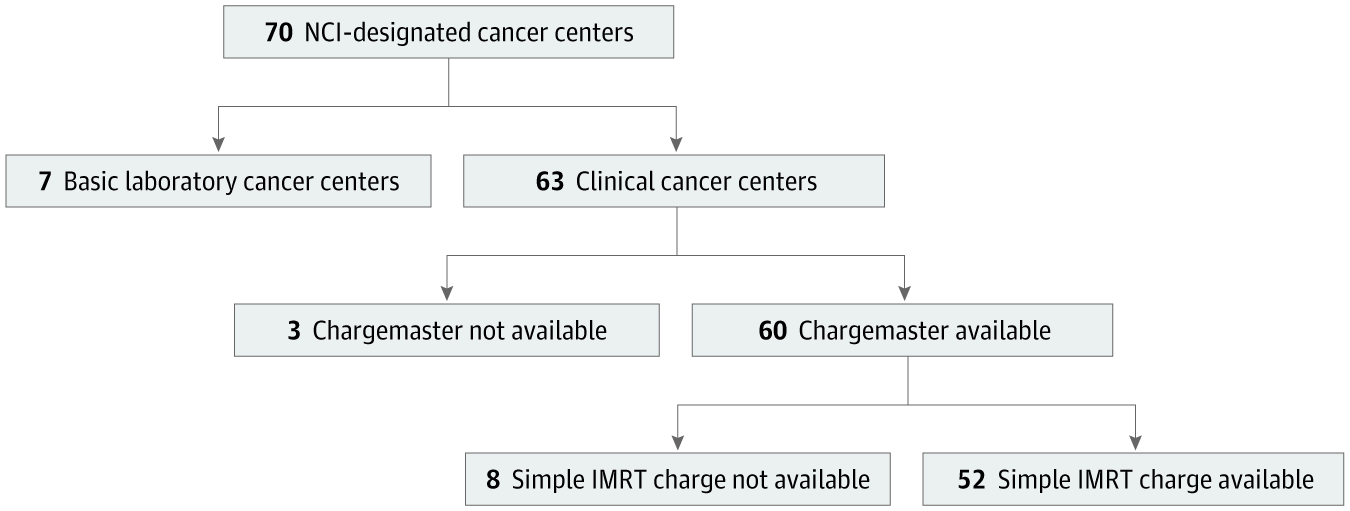Somewhat separate from the idea of writing off unpaid charges (which likely only applies to hospitals because they are typically non-profits and thus provide a certain amount of "charity care") is the idea of who charges more for services. The idea that free-standing centers charge less on a global level or are more cost effective does not appear to be evidence based. Although those who argue that free-standing centers get less per fraction are correct, what they often fail to mention is that the same free-standing centers treat with more fractions and use more expensive forms of radiation. On the whole, this leads to higher costs per course of treatment at free-standing centers (at least within the medicare population):
With all this being said there is likely a wide continuum of billing practices in both the hospital and free standing setting and i'm sure there are both "good actors" and "bad actors" in both domains.
https://www.hhs.gov/sites/default/files/CMS-5527-P.pdf
Page 51 of the rationale/proposal for RO-APM:
"Our analysis showed that from January 1, 2015 through December 31, 2017, HOPDs furnished 64 percent of episodes nationally, while freestanding radiation therapy centers furnished the remaining 36 percent of episodes. We intend to make this data publically accessible in a summary-level, de-identified file titled the “RO Episode File (2015-2017),” on the RO Model’s website. Our analysis also showed that, on average, freestanding radiation therapy centers furnished (and billed for) a higher volume of RT services within such episodes than did HOPDs. Based on our analysis of Medicare FFS claims data from that time period, episodes of care in which RT was furnished at a freestanding radiation therapy center were, on average, paid approximately $1,800 (or 11 percent) more by Medicare than those episodes of care where RT was furnished at a HOPD. We are not aware of any clinical rationale that explains for these differences, which persisted after controlling for diagnosis, patient case mix (to the extent possible using data available in claims), geography, and other factors. These differences also persist even though Medicare payments are lower per unit in freestanding radiation therapy centers than in HOPDs. Upon further analysis, we observed that freestanding radiation therapy centers use more IMRT, a type of RT associated with higher Medicare payments, and perform more fractions (that is, more RT treatments) than HOPDs."


